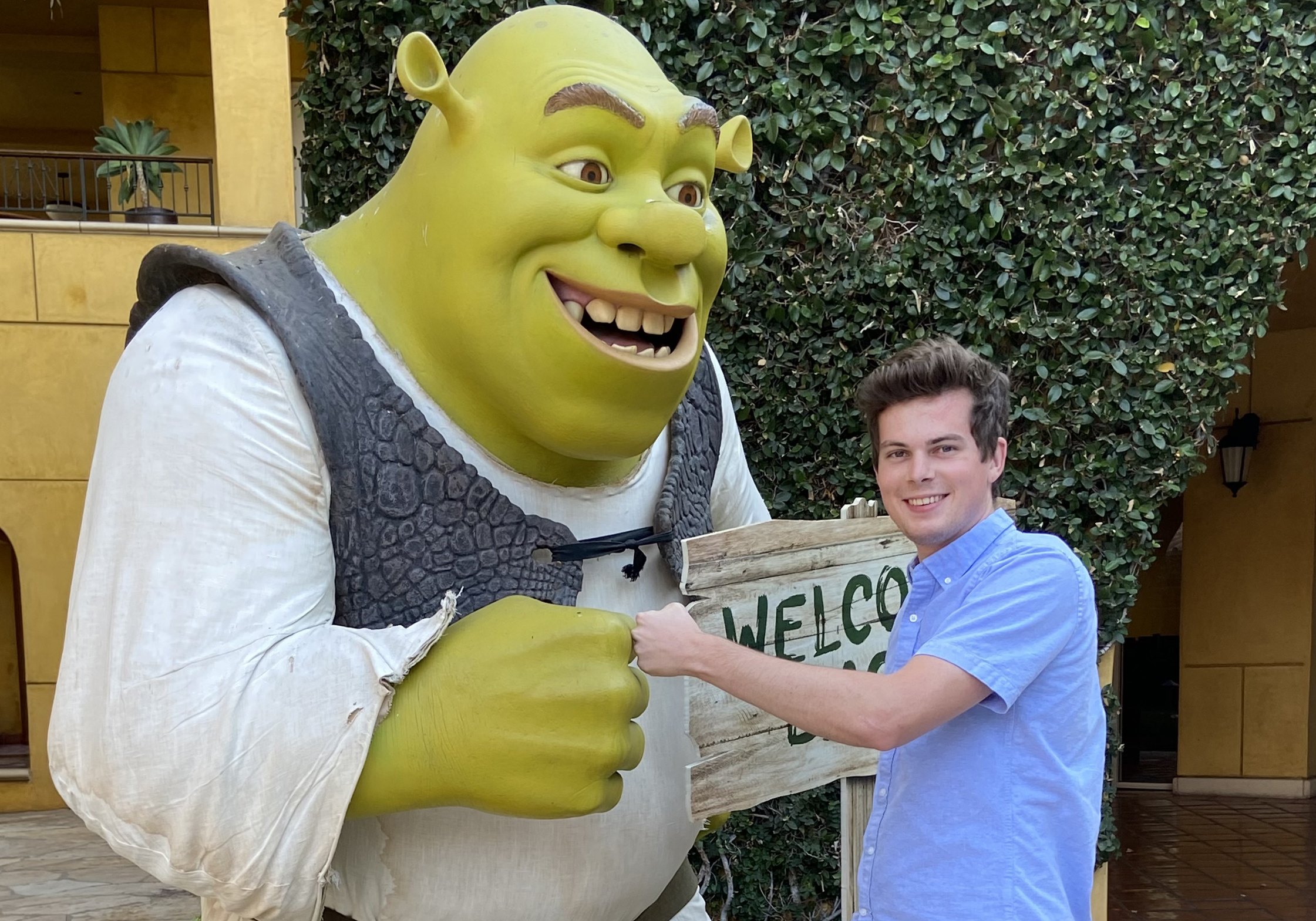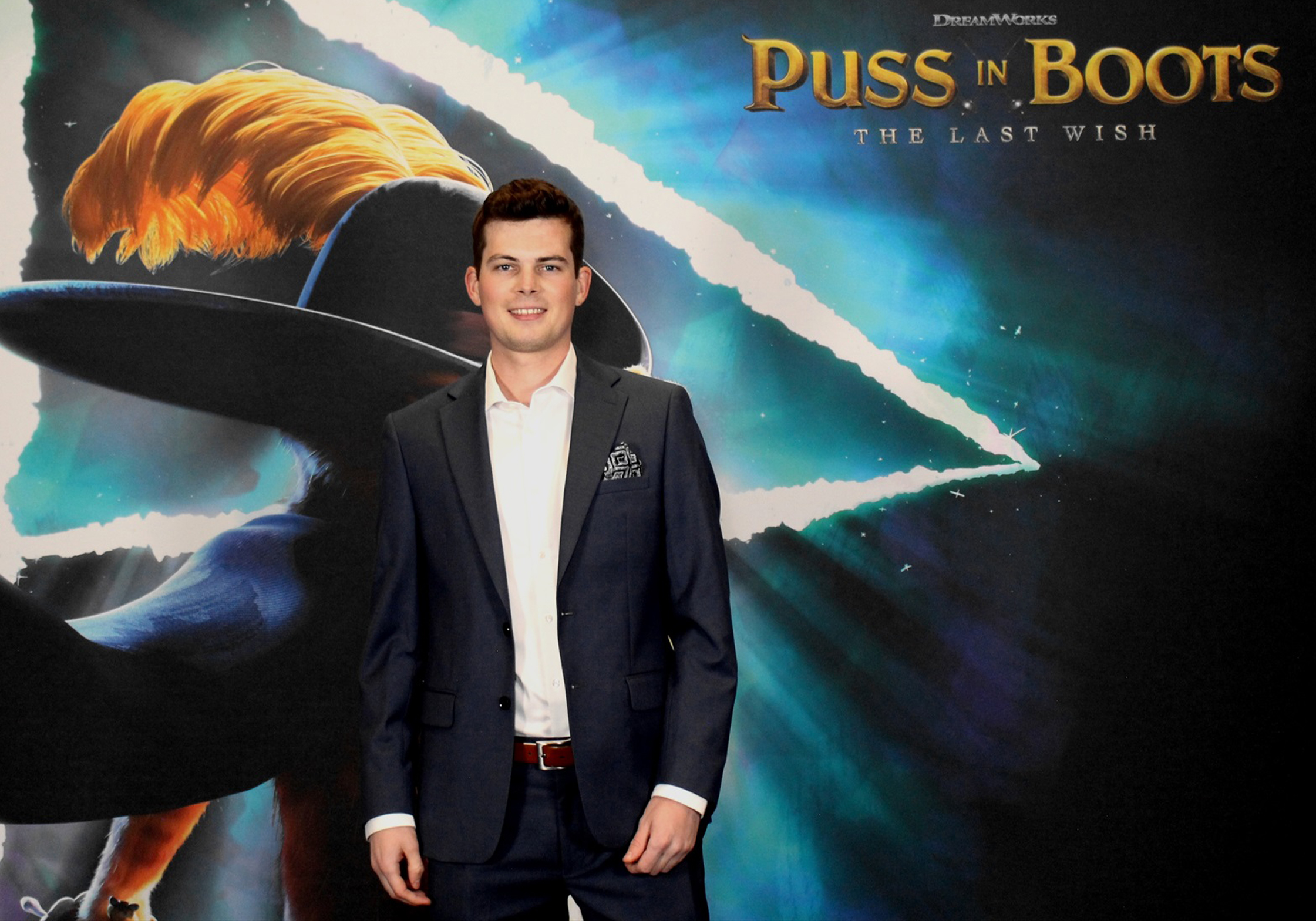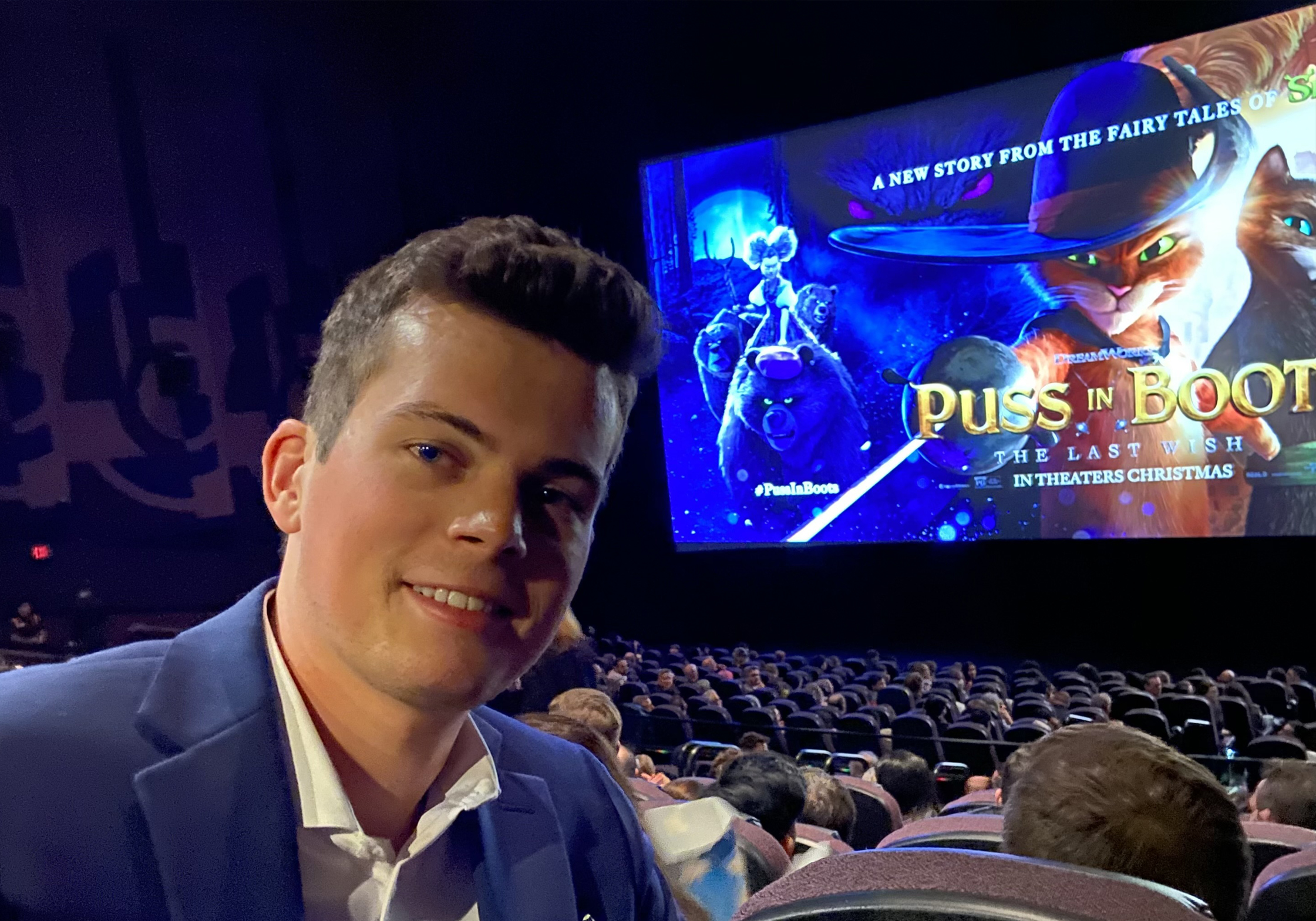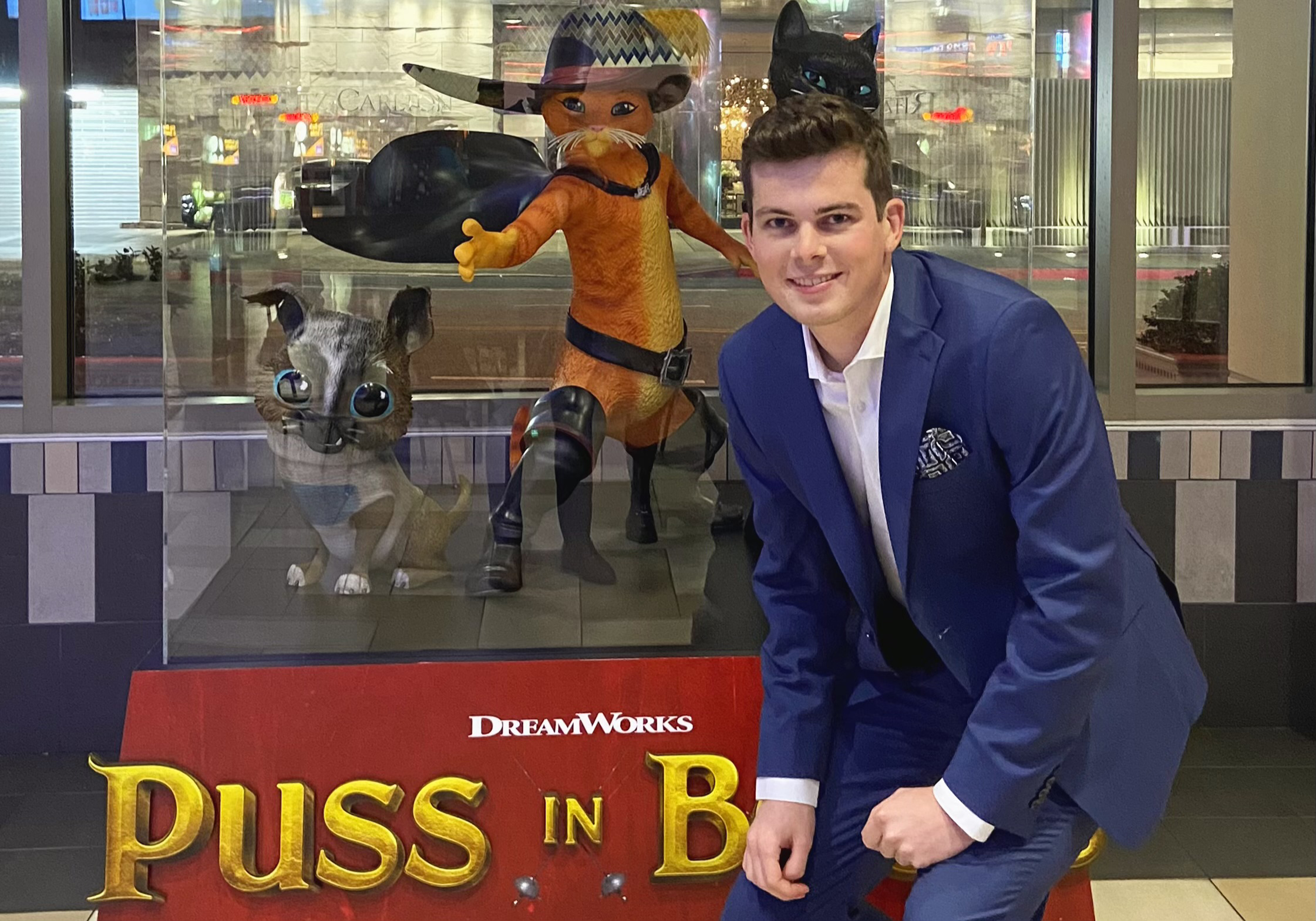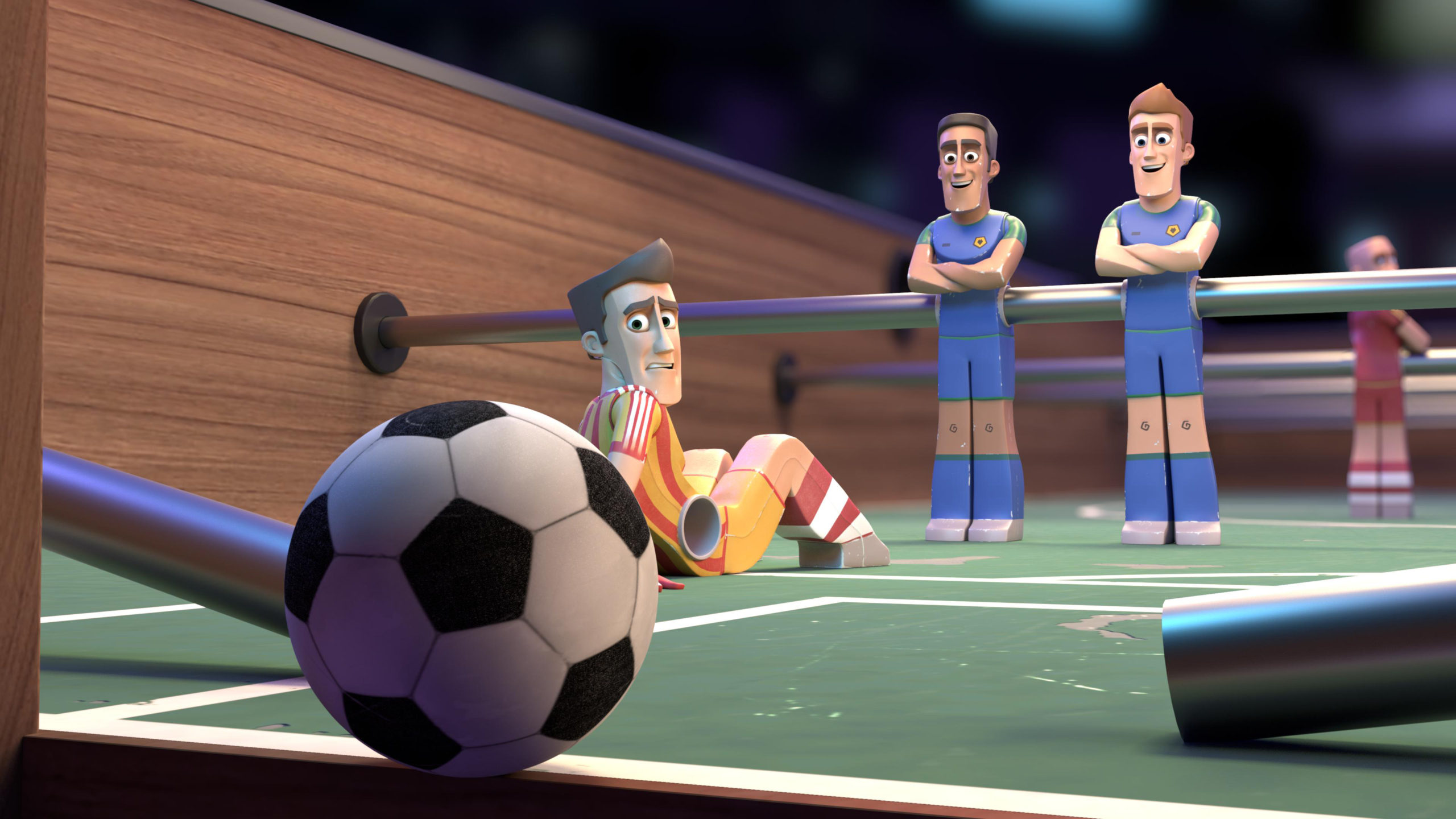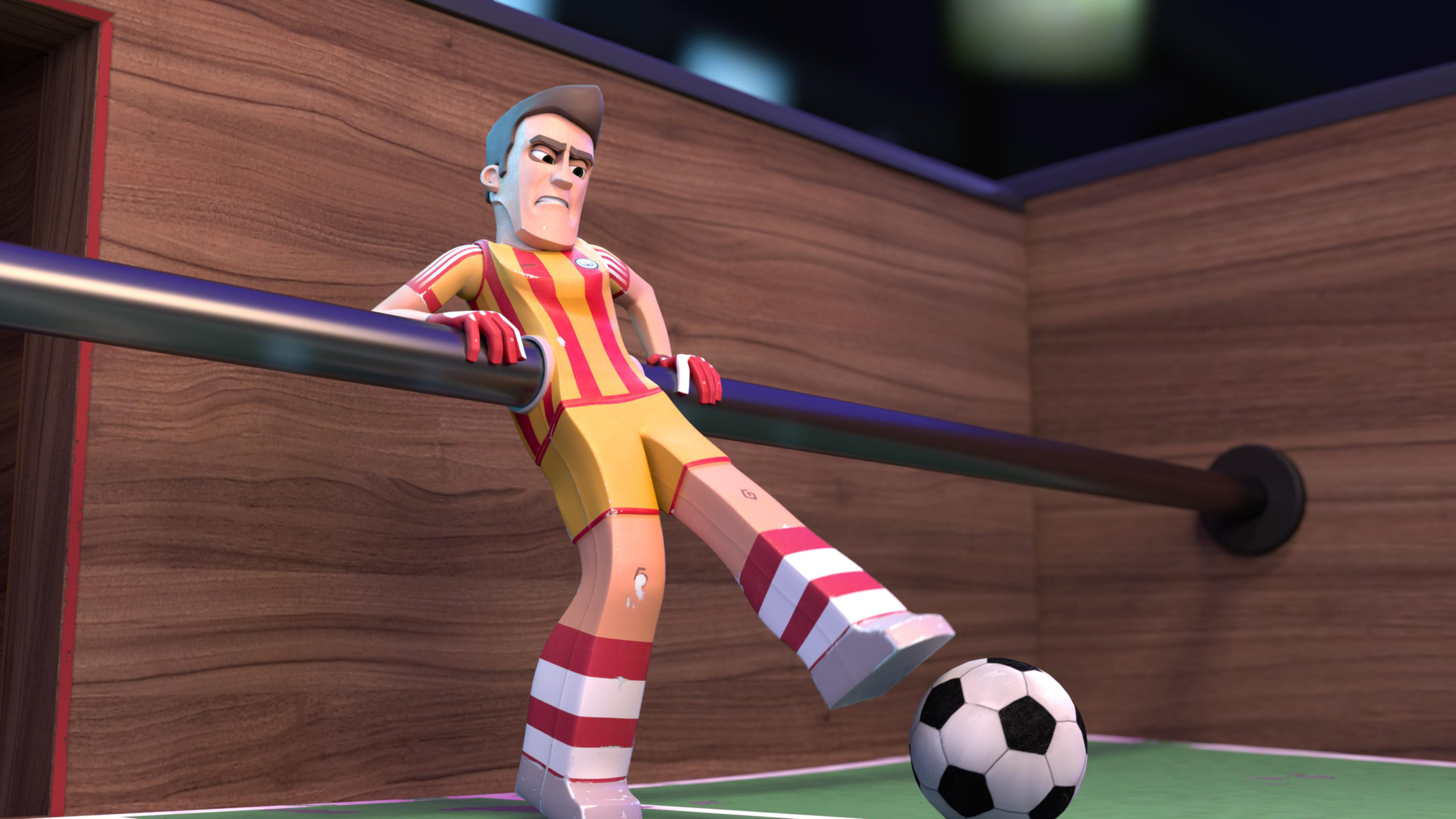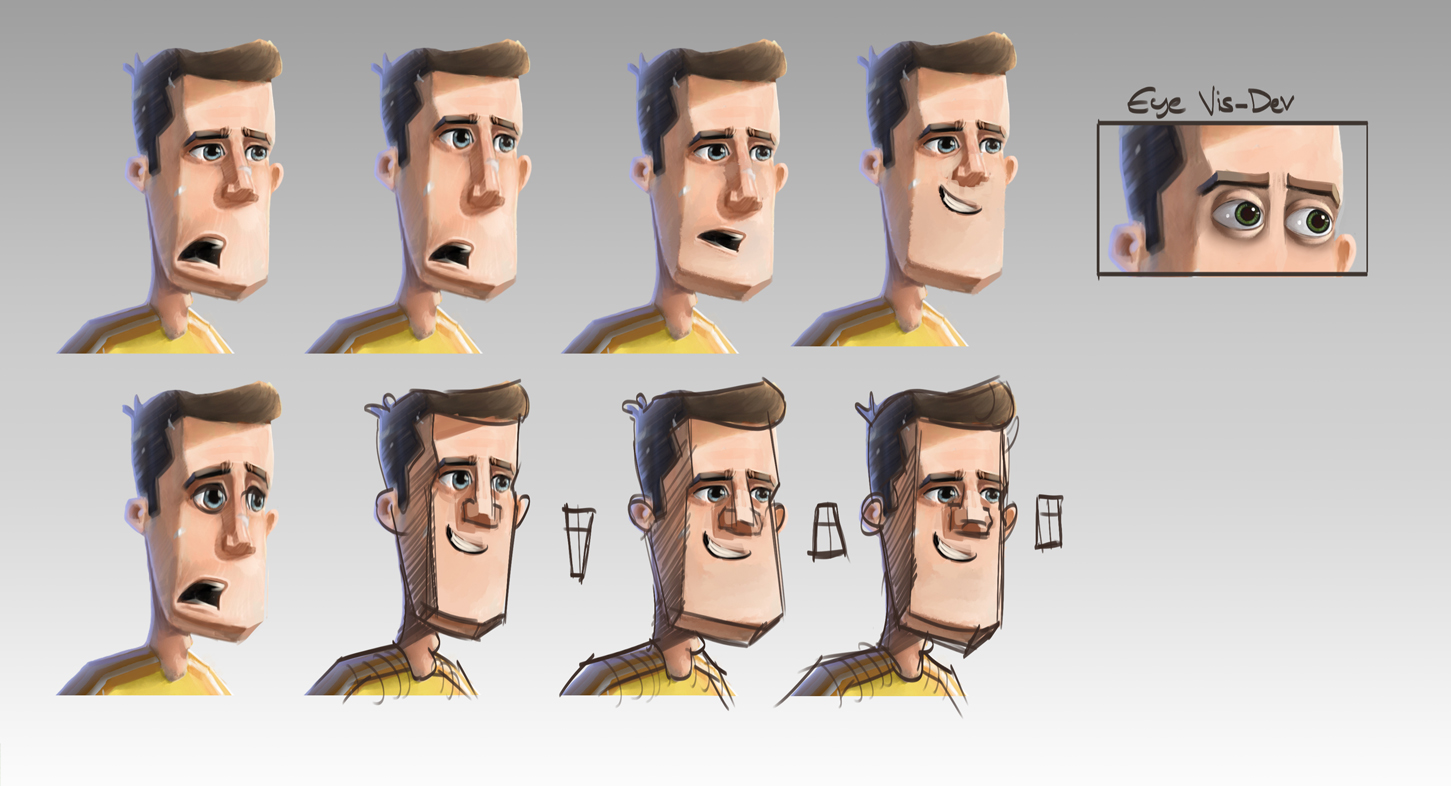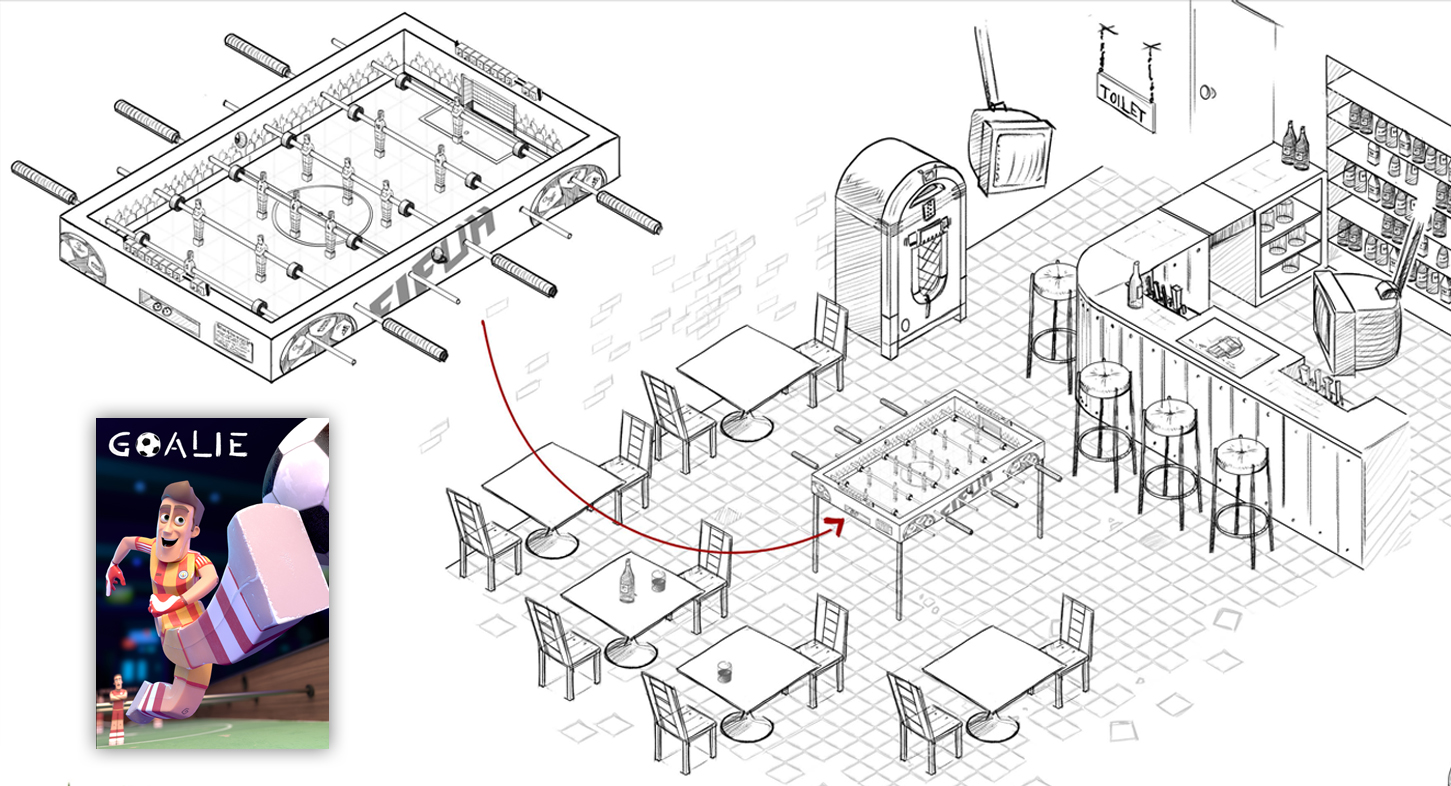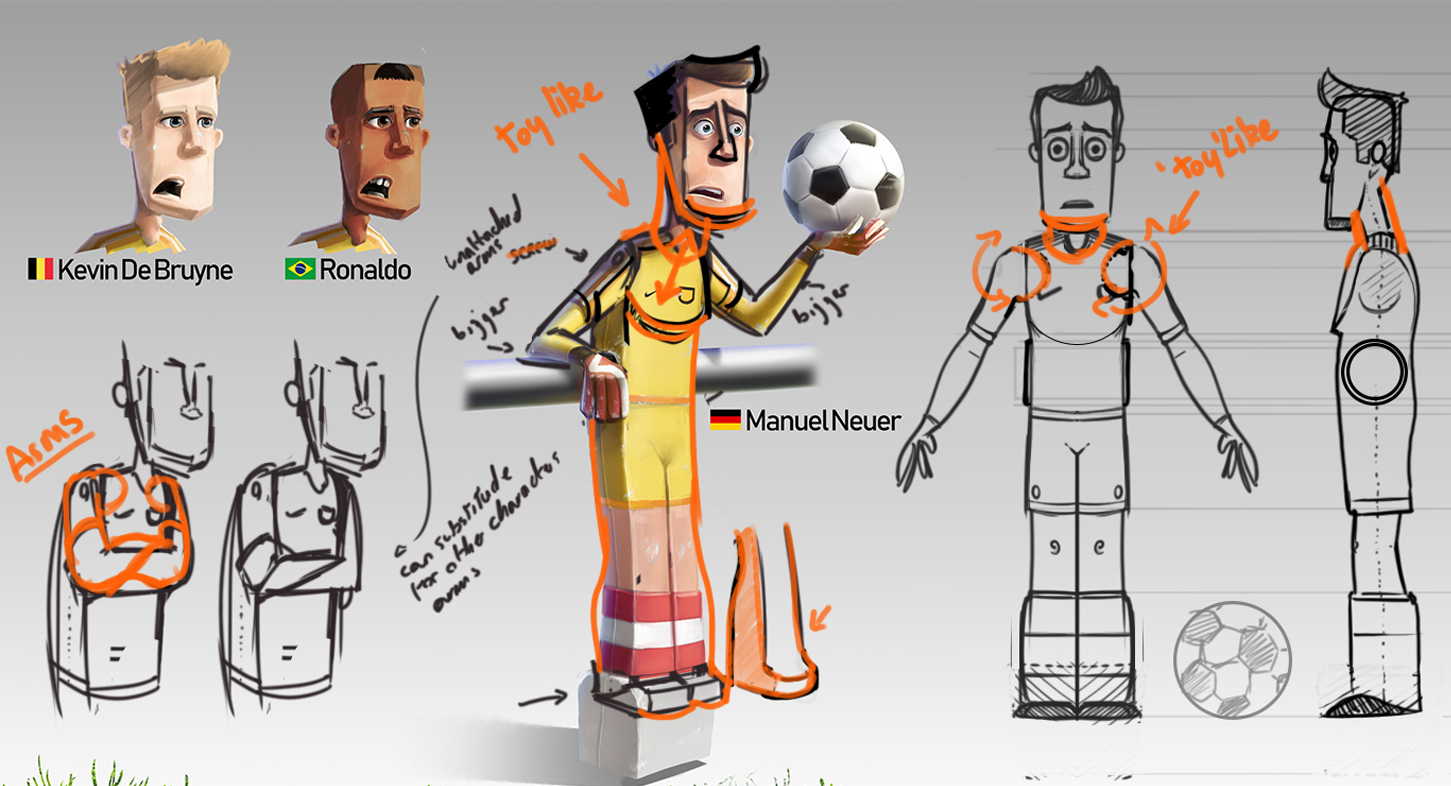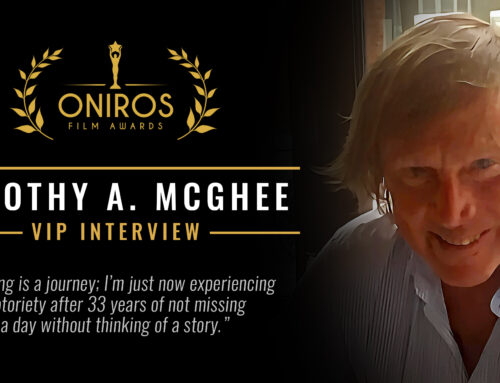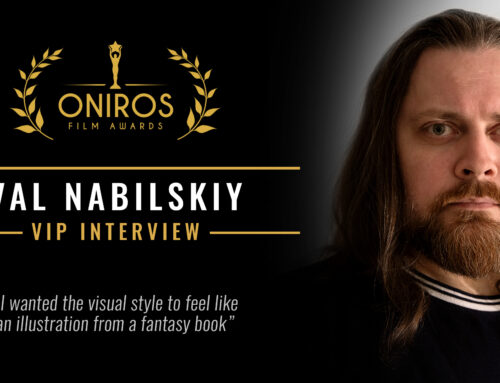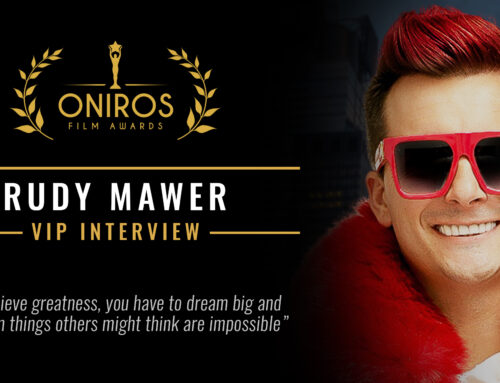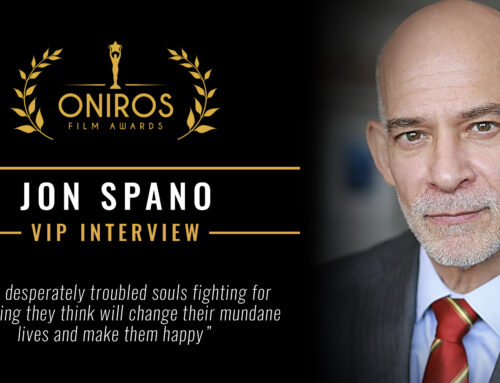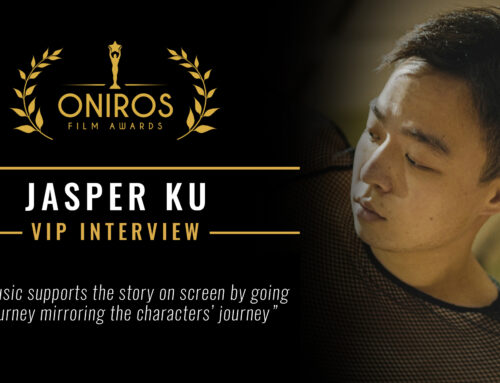BEYOND THE ONIROS FILM AWARDS®
VIP Interview with Maarten Lemmens, director of the animated short ‘Goalie’
by Alice Lussiana Parente
Maarten Lemmens is a talented animator and filmmaker originally from Belgium and currently working with American animation studio DreamWorks. In this interview, we talk about his award-winning short film Goalie, inspirations, challenges and what is like being an “actor behind the scenes”.
1. Hi Maarten! Can you tell us something about your background and what brought you to filmmaking?
Born and raised in Belgium and Switzerland, I only had access to three movies, I didn’t really know if there were more. The three movies were Spirit, The Lion King and Road to El Dorado. Two of those turned out to be DreamWorks movies, where I work now. Life really did go full circle for me. My path to animation really started when I decided to leave my family behind and move to Florida, USA on my own to attend Ringling College of Art and Design to study computer animation. This wasn’t an easy decision until I realized I had to do what was best for my happiness and aspirations. I was always into drawings and cartoons, and just gave animation a shot, exploring moving images that I already had been creating, and I fell in love.
2. When did you realize that you wanted to specialize in animation and how long have you worked in the animation industry?
College really was trial and error, seeing if I wanted to do this for the rest of my life, and my passion and love for animation just kept growing. After college, covid hit and it was hard for classmates to find jobs in the industry, I luckily received a job offer to work at Steamroller Studios in 2020. Steamroller gave me the opportunity to work and dabble in games for a little bit over a year. In that time, I worked on Fortnite, Horizon Forbidden West, Destruction AllStars and Mortal Kombat 12. Despite these projects being an amazing experience, and still story or cinematic based animations, it wasn’t what I wanted to do, and I wanted to transfer into film. I then received the opportunity to work on animation on Black Adam through WetaFX. This was my first film experience after my “Goalie” short film I created. I loved it so much; I accepted a job at DreamWorks animation. There I’ve now been working for about 10 months and have already worked on the Oscar nominated Puss in Boots: The Last Wish and finishing up another original unannounced feature film.
So, it really has been just shy of three years in the official animation/film industry, but I feel very lucky to have had the opportunity to have my hand in quite a few projects.
3. Where does the inspiration of “Goalie” come from? Why did you choose a football table as a set?
The idea behind “Goalie” came from a variety of brainstorm sessions where I narrowed down into what I really wanted to do. I saw these stunning football related animated advertisements – Gatorade: Heart of a Lio and Nike Football: The Last Game – and sought out a similar style. I love to play and watch football (or soccer in America) myself, therefore I knew I had to pursue that direction. I think it is vital to love what you’re doing if it will take up a lot of your time, just to keep that passion and desire to keep making it better. I knew I had to create an animated film that you couldn’t just film in live action. DreamWorks movies such as Kung Fu Panda, Trolls, Shrek, How to Train Your Dragon all create reasons to make animated films. More similarly to my short, Toy Story, in which toys come to life. I found another stunning movie called The Keeper, a 2018 film that explores a German goalkeeper that doesn’t fit in with his British team because of recent world war events. This gave me the idea of exploring a goalkeeper, despite his fantastic ability, maybe he does not feel so important anymore to his team, seeking out his own motivation.
4. What is the most challenging project you’ve completed? What did you learn from it?
I think the most challenging project must have been the recent Puss in Boots: The Last Wish. I had just come out of animating on video games for over a full year, and while it is all animation, and the same principles, they have different processes and different aspects to prioritize. I jumped ship to DreamWorks right when Puss in Boots was in the last 4 month animating stretch, the deadline was approaching and all animators in the company were hands on deck, normally split between two movies. I had to work fast and efficiently while getting used to new software, doing training on the side, and getting back into animating on movies, whilst being surrounded by big industry names I’ve only seen online. Despite this pressure, I loved every second of it. Everyone at the studio is incredibly nice, an amazing work environment, and I couldn’t wish for a better studio or job. I learned to keep work and life separate, not mix both too much and escape from each world and try to enjoy both on their own.
5. What part of the body or object do you find particularly tricky to bring to life during an animation?
This is an interesting question I’ve never really had to answer before. I think there are two. The hardest part of the body to animate is probably the face, it needs to convey emotion, connection and it makes audiences know what the character is feeling and thinking. There are over 100 controls and settings on each character’s face that we can manipulate to create emotion and connection. One slight movement on a corner of the mouth and it conveys something different. Eyes and eyebrow heights and shapes also create different effects. The most important part of the body, to me, are the hips. they control the body, control every pixel of the character. If I move the hips up, the arms, the head, the legs, and fingers also go up. It is the base of the character in which all other body parts are attached to and grow out of. I find myself animating the hips a lot before anything else and with every other body part hidden in the computer to make sure I get the hips feeling right.
6. Who would you love to work with in the film industry and why?
What a difficult question to answer. I think of the big CFX directors out there such as Pete Docter, James Cameron, or Andrew Stanton. However, now working at DreamWorks, I just want to work with the directors and head of animation/supervisors at the company. Some names that pop to mind: Liron Topaz, Sean Sexton, and Jakob Jensen.
But I’d love to work again with my head of animation figures Ludovic Bouancheau and Carlos Puertolas, not to mention my supervisor I had for probably almost half a year continuously Mike Amos. All so talented and friendly people, I am very thankful to them all.
7. How do you keep up with the latest trends in the industry?
There are websites such as anima.to that have entire libraries of animations and what people are testing out and trying. I think Twitter is a very strong platform for animators to post their work and film fanbases to jump on them, revealing all these amazing artists to the world.
I think the other main thing is lunch talks with all the other animators at the studio at DreamWorks. We’re always talking about tv shows, movies, new things to try and watch. Great environment full of passionate individuals that are always trying new things outside of work as well.
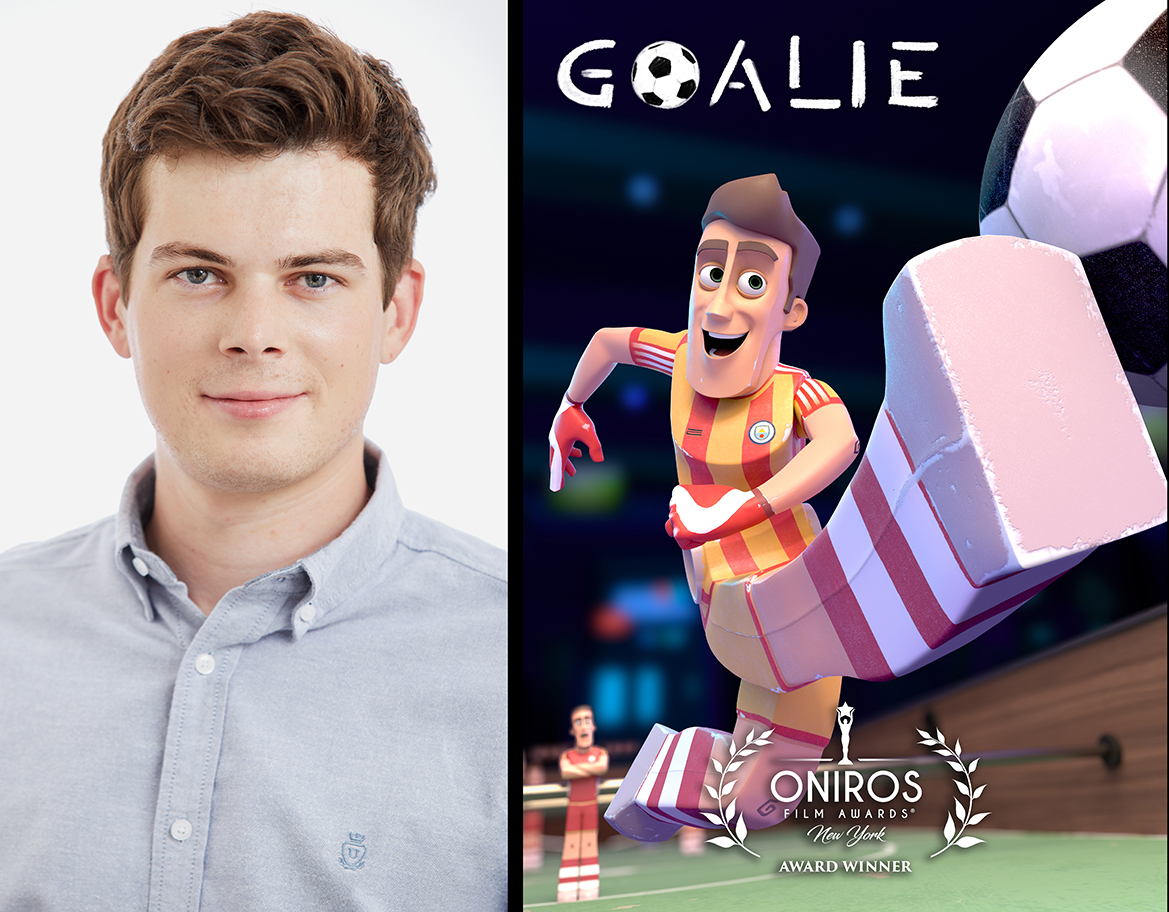
Maarten Lemmens director of the short film Goalie
8. What are your top 3 favorite animation films and why?
Growing up with Spirit, The Lion King and Road to El Dorado, made those three pretty special. However, Ratatouille, The Iron Giant and recently worked on Puss in Boots: The Last Wish (not even being biased) have made me turn my head ever since. Those are some very good recommendations.
My final list would probably be:
- Ratatouille
- Puss in Boots: The Last Wish
- Spirit
Followed closely by The Iron Giant.
9. You also worked as an animator for video games such as Fortnite, Horizon Forbidden West, and Mortal Kombat 12. What is the main difference for you when working on a videogame vs animation film?
Yes, correct, I think it’s important to know that there are a lot of differences between animations for each. For video games there are a few different types of animators. To keep it simpler, there are game engine animators and cinematic animators. Game engine animators animate cycles, for example, if you’re controlling a character and he’s standing still, they need to smoothly make them do whatever you, as the player, tell them to do. This can include animations of standing still, then standing still to running, then the running animation itself. This also counts for jumping, turning, crouching etc. etc. The other role, cinematic animator, is what I was doing. These generally animate characters in story moments within games, this is closer to a ‘short film’ that isn’t controlled by the player. Most of these come with mo-cap suit data from actors or require realistic animations.
On the other hand, animating for film is for an audience, you decide where the audience looks at what and what they feel. They’re following along with the show you’re creating. You animate characters from scratch and give ideas as if you’re the actor. Maybe the director pitches a general idea to you, for example: Puss in boots will be thrown over the ice and hold onto the edge of the star with his dagger. Then as animators we bring these characters to life from scratch and add in ideas that didn’t exist before, such as making the dagger fall out of his hand during the momentum of him flying over the ice, and his hat falls off for him to catch it last minute. Small things that make it busier and more interesting. Animation in film offers more freedom to its animators. We’re a little like “actors behind the scenes”.
10. You recently worked on the Oscar nominated film Puss in Boots: The Last Wish. Can you tell us more about this experience?
Puss in Boots: The Last Wish was the first animated film I worked on in my life. It was very fast paced due to deadline restrictions. The team was amazing from the moment I started, everyone was reaching out if I needed any help or just for a warm welcome. I was doing some more emotional, less action-packed animation work to get me started, until I was given this massive action sequence of multiple characters running into each other and being thrown around, and I said, “are you sure, me?” But it worked out and I am very thankful for Ludovic Bouancheau and Fabio Lignini for trusting me on the project and those big shots!
11. How do you define success?
I believe it is not measured by wealth or income; happiness is the most important thing. Achieving this, I believe, makes you successful in life. I think it is based on how happy you are at your job; it should feel like a hobby. Make it feel like something you do because you love the job and not because you’re waiting for it to be over to get the paycheck and go home. That’s the other half, going home, away from work and looking at how much you’ve accomplished there to live a happy life, e.g., family, pets, hobbies, supportive and caring friends, etc.
12. What are you working on now? What’s next for you?
I’m currently still working at DreamWorks on an unannounced original feature film, planned to be released this summer. I’ll be jumping on another feature film in 8 weeks as well! So, 2023 seems to be packed with more movies coming my way!
Visit www.maartenlemmens.art – Join Maarten on Twitter and on Instagram
